Stanford engineers develop catalyst strategy to improve turnover frequencies for CO2 conversion to hydrocarbons by orders of magnitude
Green Car Congress
FEBRUARY 12, 2022
Researchers at Stanford University have shown that porous polymer encapsulation of metal-supported catalysts can drive the selectivity of CO 2 conversion to hydrocarbons. We can create gasoline, basically. A paper on their work is published in Proceedings of the National Academy of Sciences (PNAS). —Zhou et al.

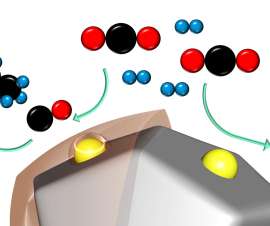



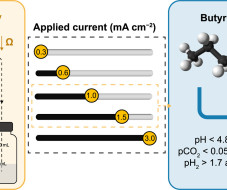



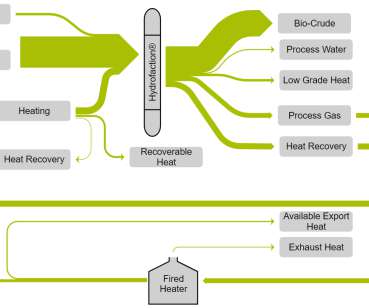



















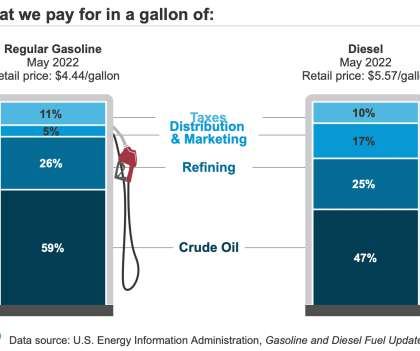

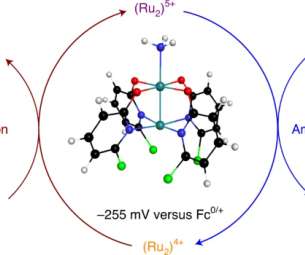









Let's personalize your content